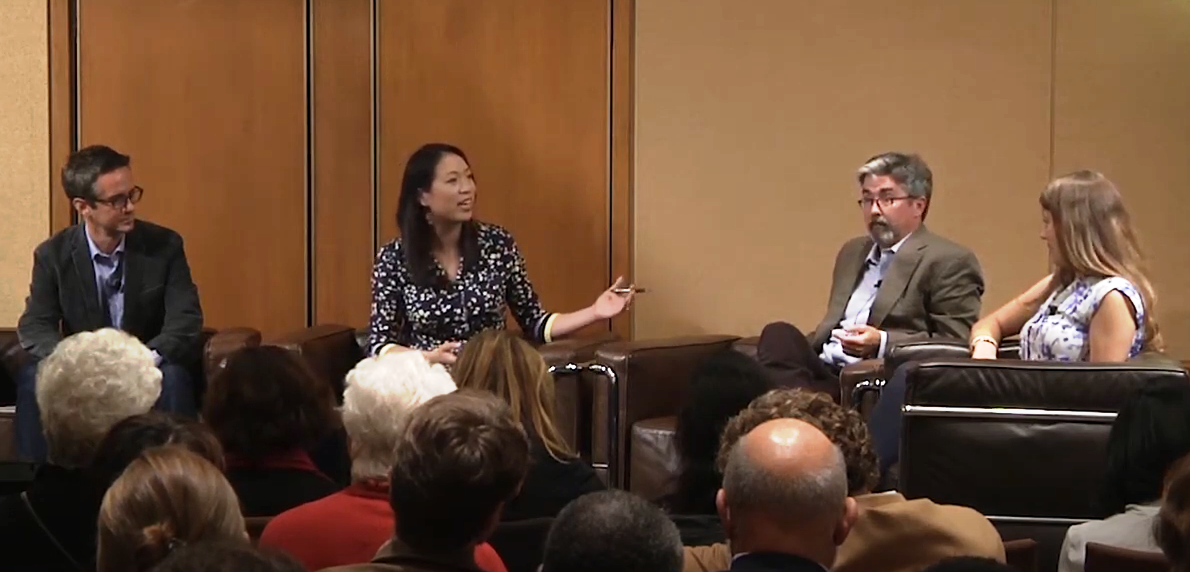Diya Kakkar
2:54
2:55
3:04
3:05
3:07
3:08
3:10
3:12
3:14
3:16
3:22
3:25
3:27
3:29
3:31
3:31
3:32
3:34
3:35
3:39
3:41
3:41
3:43
3:48
3:52
3:54
3:55
3:57
3:57
3:58
4:00
4:02
4:03
4:03
Connecting…




